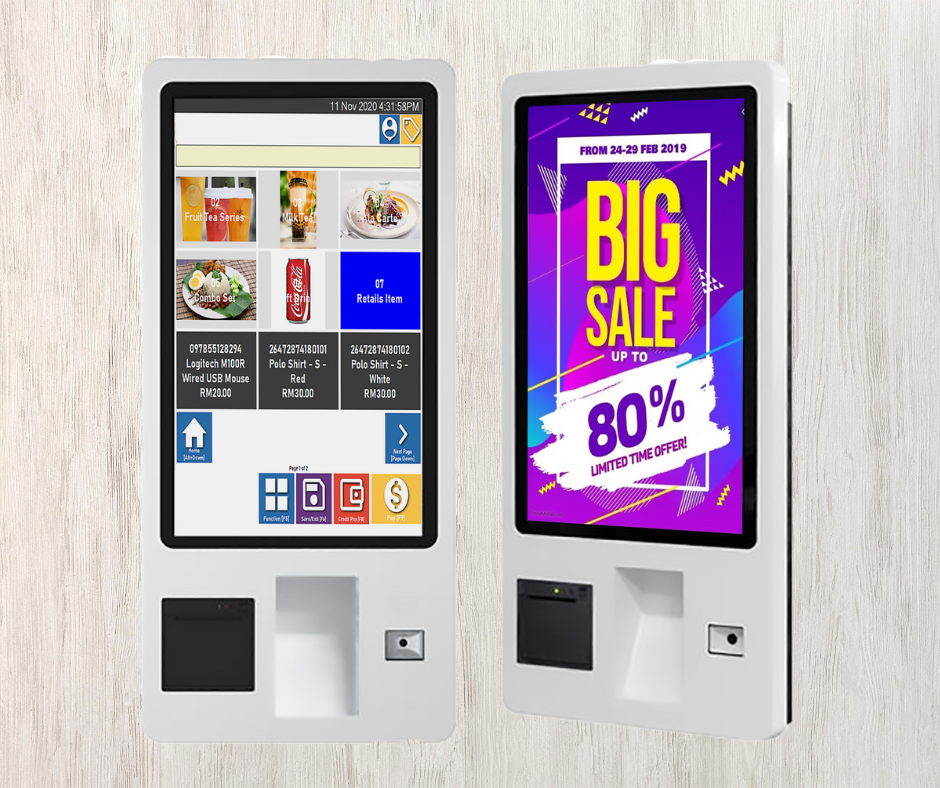Why Self-Checkouts Are Thriving
-
Efficiency and Convenience
For consumers, time is a precious commodity. Self-checkouts let customers skip long lines, handle their transactions at their own pace, and enjoy a more streamlined shopping experience. This is particularly appealing for quick trips or when purchasing just a few items. -
Cost Management for Retailers
Labor costs have long been a challenge in the retail sector. By implementing self-checkouts, businesses can reduce the need for full cashier staffing, allocating those resources to other areas such as customer service, inventory management, or in-store promotions. -
Pandemic-Driven Acceleration
The COVID-19 pandemic pushed contactless technologies to the forefront. Self-checkouts offered a safer, more hygienic way for shoppers to pay without direct interaction, making them a critical part of many retailers’ pandemic response strategies. -
Technological Advancements
Today’s self-checkouts are more sophisticated than ever, featuring intuitive touchscreens, AI-powered scanning, and integration with mobile payment systems like Apple Pay and Google Wallet. These advancements make the systems easier to use while reducing errors and frustration.
Impact on the Retail Experience
-
Customer Independence
Shoppers now have more control over their checkout experience. This shift allows them to handle transactions without assistance, fostering a sense of autonomy. For some, this independence enhances their overall shopping experience. -
Redefining Staff Roles
Self-checkouts don’t eliminate the need for human staff; instead, they redefine their roles. Employees now assist with troubleshooting the machines, monitor for security issues, and engage in more value-added interactions with customers. -
Security and Loss Prevention
With self-checkouts come challenges like theft and scanning errors. To address this, retailers are implementing advanced solutions such as AI-powered cameras, machine learning algorithms, and weight-based verification systems to detect anomalies and prevent loss. -
Challenges in Accessibility
While self-checkouts are convenient for tech-savvy shoppers, they can pose difficulties for those less familiar with technology, such as older adults or individuals with disabilities. Retailers must focus on inclusivity by designing user-friendly interfaces, offering multilingual options, and ensuring staff assistance is readily available.
The Future of Self-Checkouts
Self-checkouts are only the beginning of a broader transformation in retail. Emerging trends suggest a future where technology further integrates into every aspect of the shopping experience:
-
Cashierless Stores: Amazon Go and similar concepts are pioneering fully automated retail spaces where shoppers grab items, and payments are processed seamlessly upon exit.
-
Mobile Checkouts: Apps that allow customers to scan and pay with their smartphones are becoming increasingly popular, eliminating the need for kiosks entirely.
-
Smart Trolleys: Some stores are experimenting with carts equipped with scanners and cameras that track items in real-time, simplifying the checkout process even further.

Balancing Technology and Human Touch
While self-checkouts offer undeniable benefits, they also highlight the need for balance. Not every customer is ready to embrace technology fully, and some still prefer the human connection of traditional cashier interactions. Retailers must strive to offer a variety of options to cater to diverse customer preferences.
Conclusion
Self-checkouts are more than just a technological upgrade; they’re a symbol of how retail is evolving to meet the demands of a fast-paced, tech-driven world. By enhancing efficiency, reducing costs, and aligning with consumer preferences, self-checkouts have become a cornerstone of modern retail. As the technology continues to evolve, its impact on the industry—and our shopping experiences—will only grow.


 Singapore
Singapore